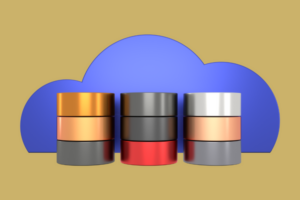There are four types of data analysis: descriptive, diagnostic, predictive, and prescriptive. Each type has a different purpose, and it’s important to know what type you need to get the most accurate information from your data. Descriptive analysis is used to describe what happened; diagnostic analysis is used to diagnose problems and identify root causes, and predictive analytics is used to predict what will happen in the future.
Descriptive Analysis
If you want to understand what happened in the past, descriptive analysis is the best type of data analysis to use. This type of analysis can help you answer questions such as “How many customers did we have last month?” or “How much revenue did we generate last quarter?” Descriptive analysis can also be used to identify trends, such as increasing or decreasing customer satisfaction levels over time.
Diagnostic analysis
Diagnostic analysis is used to diagnose problems and identify root causes. This type of analysis can help you answer questions such as “Why did our sales drop last month?” or “What is causing our customer satisfaction levels to drop?” Diagnostic analysis can also be used to identify opportunities such as new markets or customer segments that could be profitable.
Predictive Analytics
Predictive analysis is used to predict what will happen in the future. This type of analysis can help you answer questions such as “How many customers will we have next month?” or “What will our sales be in the next quarter?” Predictive analytics can also be used to identify risks such as potential issues that could impact your business in the future.
Prescriptive Analysis
Prescriptive analysis is used to prescribe actions to achieve specific goals. This type of analysis can help you answer questions such as “what marketing campaign should we launch next?” or “what product should we develop next?” Prescriptive analytics can also be used to recommend actions that can improve business processes, such as streamlining your manufacturing process or redesigning your website.
No matter what kind of data analysis you need, it is important to use the right tools to get the most accurate insights from your data. Data visualization tools can help you see patterns and trends in your data that you surely won’t be able to see with traditional methods such as spreadsheets or reports. Data mining tools can help you extract insights from large data sets that would be impossible to analyze manually. In addition, machine learning algorithms can help you make predictions about the future that are more accurate than those made by humans.
When it comes to data analysis, there is no one-size-fits-all solution. The best way to find the right solution for your business is to experiment with different types of data analysis tools and see which one best suits your specific needs.


